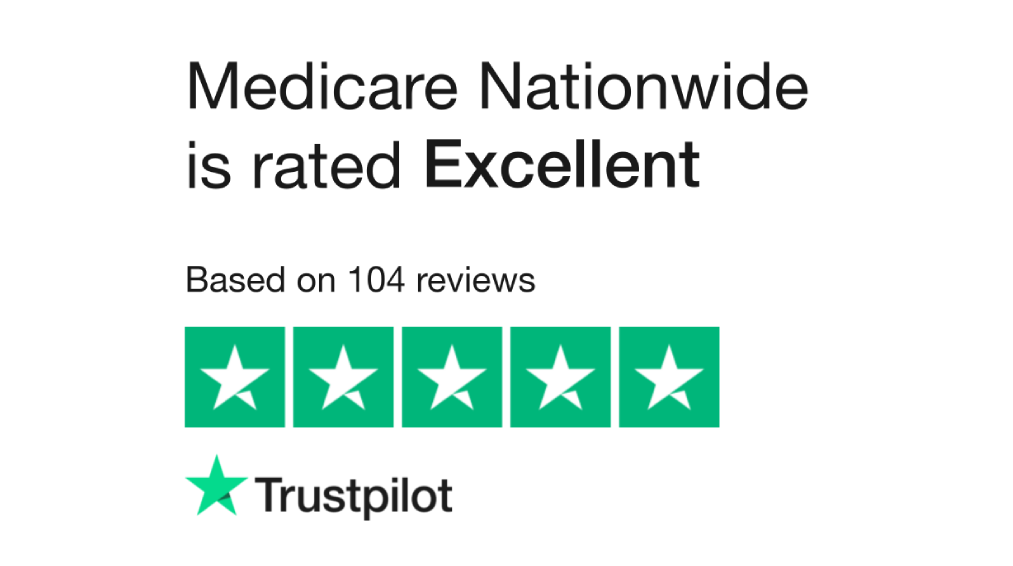🚨BREAKING NEWS: HCSC Acquires Cigna in Major Healthcare
The healthcare industry is buzzing with the recent news of Health Care Service Corporation (HCSC) taking over Cigna. This significant acquisition has far-reaching implications for policyholders, employees, and the healthcare market as a whole.
The Cigna Group has announced an agreement to sell its Medicare Advantage, Cigna Supplemental Benefits, and Medicare Part D businesses to the Health Care Service Corporation (HCSC). Health Care Service Corporation (HCSC) recently made a big decision to buy Cigna, a major health insurance company. This means HCSC will now be even bigger in the health insurance world. By buying Cigna, HCSC aims to provide a wider range of healthcare options and choices to people across the country. This could mean more doctors and hospitals to choose from, and maybe even new ways to stay healthy. It’s a big change that might help a lot of people get the healthcare they need.
Cigna, a globally recognized health services organization, offers an intriguing case study of Cigna strategic growth rooted in a rich historical legacy. Since its inception in the 18th century, Cigna has evolved through significant mergers, expansions, and strategic decisions to become a major player in today’s healthcare industry.
This article traces Cigna’s journey from its origins to its contemporary global standing, shedding light on how historical decisions have shaped its Cigna strategic growth.
Early Beginnings and Formation of Cigna Strategic Growth
Cigna’s story begins in 1792, with the establishment of the Insurance Company of North America (INA), the first marine insurance company in the United States, founded in Philadelphia. This was a time when the U.S. was a new nation in need of robust financial structures. INA provided a critical foundation, ensuring the marine ventures that connected U.S. businesses with the rest of the world.
In 1865, another key player in Cigna’s history, the Connecticut General Life Insurance Company (CG), was founded. This company focused on life insurance, a novel concept at the time, which provided financial security to families in the event of untimely death, thus addressing a critical societal need.
Mergers and Expansions: Shaping a Modern Entity
The pivotal moment in Cigna’s history came in 1982, when INA and CG merged to form Cigna. This merger was not just a combination of two companies, but a fusion of different insurance realms—property and casualty, and life insurance. The new entity, Cigna, emerged as a comprehensive provider of health and related benefits, aiming to improve the health, well-being, and peace of mind of those it served.
The Cigna strategic growth decision to merge was driven by the recognition of the synergies that a combined operation could offer. The integrated company could leverage strengths across different types of insurance, enhancing its ability to serve a broader base of customers with more complex products.
Cigna Strategic Growth and Decisions
Following the merger, Cigna began to focus more intently on healthcare, recognizing the growing demand in this sector. In the 1990s and 2000s, Cigna expanded its international presence, entering markets in Asia and Europe. This expansion was Cigna strategic growth, targeting regions with emerging market potential and growing demand for health insurance products.
In 2011, Cigna took a significant step by acquiring HealthSpring, a major provider of Medicare Advantage plans. This acquisition was Cigna strategic growth, aimed at expanding Cigna’s footprint in the senior individual segment, a rapidly growing demographic due to aging populations. The HealthSpring acquisition not only expanded Cigna’s product offerings but also broadened its expertise in managing senior healthcare.
Embracing Technology and Innovation
In the era of digital transformation, Cigna has not been left behind. The company has increasingly invested in digital technologies to improve customer experience and streamline operations. Innovations such as telemedicine services, mobile apps for managing health benefits, and predictive analytics for personalized health plans are examples of how Cigna has integrated technology into its core services.
Recent Developments and Future Outlook
A major development in Cigna’s recent history was its merger with Express Scripts in 2018, a landmark deal valued at approximately $67 billion. This merger was aimed at creating a more coordinated approach to healthcare, combining Cigna’s insurance capabilities with Express Scripts’ pharmacy benefits management expertise. The strategic intent was clear: to provide more effective outcomes at lower costs.
Today, Cigna stands as a leader in global health services, driven by a Cigna strategic growth vision that integrates healthcare and related benefits to deliver comprehensive solutions. The company’s ability to adapt and grow through mergers and strategic decisions demonstrates its resilient and dynamic nature in a competitive and ever-changing industry.
Conclusion
From its early days in the 18th century to its current status as a healthcare titan, Cigna’s journey is a testament to the power of strategic vision and adaptability. The company’s historical roots have not only shaped its Cigna strategic growth but have also prepared it for future challenges and opportunities in the global healthcare market.
As Cigna continues to expand and innovate, it remains dedicated to improving the health, well-being, and peace of mind of those it serves, staying true to its mission while adapting to the evolving needs of its customers. Feel free to reach out to our reliable representatives for further information regarding Cigna Medicare Supplement Insurance Plans directly by dialing 1-888-559-0103.


